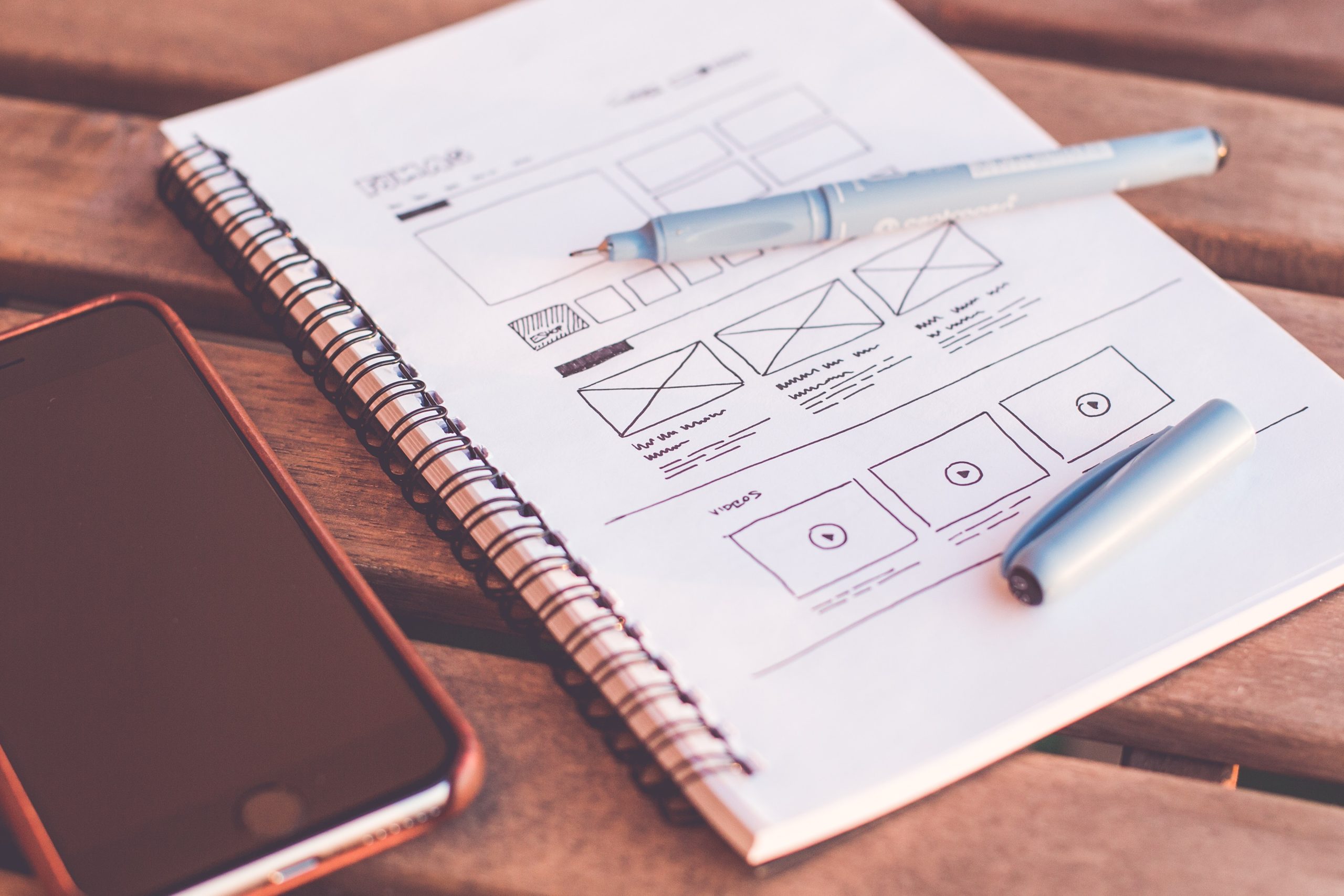You work hard to craft your services and produce your products. That’s the truth. Many businesses put a lot of thought into the products and services they offer and the messaging around those offers, but often give less consideration to the various design elements that make up their website. In fact, your website is one of the most important pieces of your marketing puzzle. It’s where people go to learn more about your business, get in touch, and make purchases. So how can you be sure that your website is putting its best foot forward?
OK. So I’m not going to sugar coat things – making a website that is both visually appealing and effective can be a challenge. However, by focusing on four key web design elements that are often overlooked, you can work toward creating a site that is both user-friendly and successful. So, whether you are just starting out or you are looking to improve your current site, read on for some helpful tips!
1. Be Your Visitor’s Guide
We all get a little lost now and then. Which is why your site needs to be your visitor’s personal guide to encourage them to stay focused on the page and understand where to go. The layout of a website is important because it can help to create a visual hierarchy that will guide users throughout the site. A good layout will also help to ensure that the content on the site is easy to read and digest. Web designers design with this in mind and bring together an assortment of tools such as positioning, color, contrast, and supportive images for the purpose of achieving your website’s goals.
2. Balancing White Space
Experienced web developers know that white space or empty space is essential to a website. What exactly is white space? It’s that space between and alongside text and elements on the page such as images, tables, and borders. White space supports design usability and increases the efficiency of navigating a web page. White space can also help to highlight important elements on a website, such as calls to action, which can improve the user experience. By using white space, you can also break up large amounts of information into smaller chunks that are easier to analyze and read.
3. Keep It Simple
User centric design is the name of the game. Web developers know that users ultimately determine the usefulness of all aspects of a page. If a visitor cannot navigate through your website or a feature on your website then it may be time to simplify and redesign or remove the feature. Web developers, through experience and testing, place user thinking patterns at the forefront of every website project and integrate this knowledge into each design.
4. Maintain Consistency
Consistency in color and design elements throughout a website is critical when it comes to establishing trust with visitors. When a website lacks a strong, cohesive look and feel it often results in a negative perception of quality. Web developers and designers are able to achieve visual consistency through CSS (cascading style sheets) and through the creation of custom design elements that support a company’s overall brand message.









